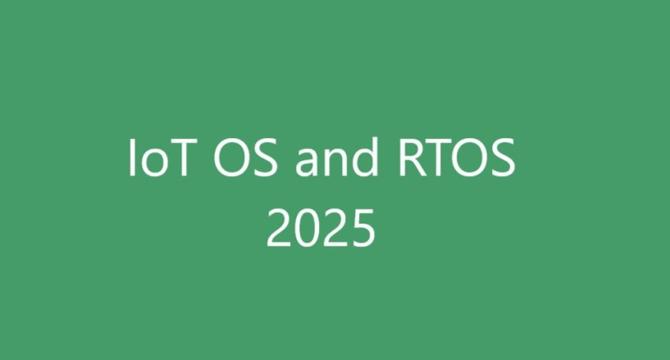Iotbyhvm
15h
7

Image Credit: Iotbyhvm
IoT OS and RTOS in 2025
- IoT OS and RTOS are specialized operating systems that cater to the resource constraints and real-time capabilities of IoT devices.
- IoT devices require specialized OS to ensure seamless device operation, connectivity, and communication within an IoT ecosystem.
- RTOS is crucial for devices and applications where timing is critical, such as industrial automation, healthcare devices, and autonomous vehicles.
- IoT OS and RTOS are designed to be lightweight, scalable, and energy-efficient featuring deterministic responses, multiple connectivity protocols, and robust security features.
- IoT OS and RTOS support various industry use cases, such as healthcare, automotive, and industrial automation, and are backed by industry-standardization bodies.
- Leading IoT OS options include Contiki-NG, Zephyr OS, RIOT OS, Amazon FreeRTOS, and Google IoT Core OS.
- Prominent RTOS platforms include FreeRTOS, RTEMS, ThreadX (Azure RTOS), VxWorks, and QNX.
- IoT OS and RTOS trends involve convergence of OS and RTOS, supporting edge computing, AI and machine learning, enhanced security measures, and sustainability focus.
- The challenges in IoT OS and RTOS include fragmentation, resource constraints, security vulnerabilities, scalability, and developer complexity.
- The future of IoT in OS and RTOS involves industry-wide standardization, integration with 5G and quantum computing, and open-source collaboration, with a focus on human-centric IoT.
Read Full Article
Like
For uninterrupted reading, download the app